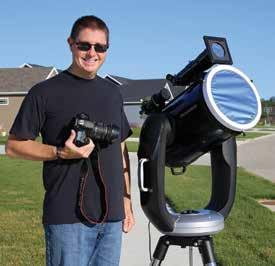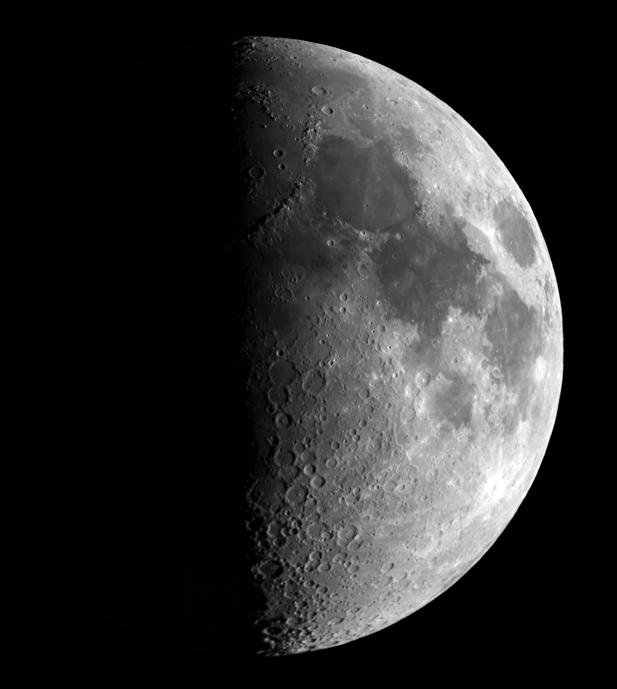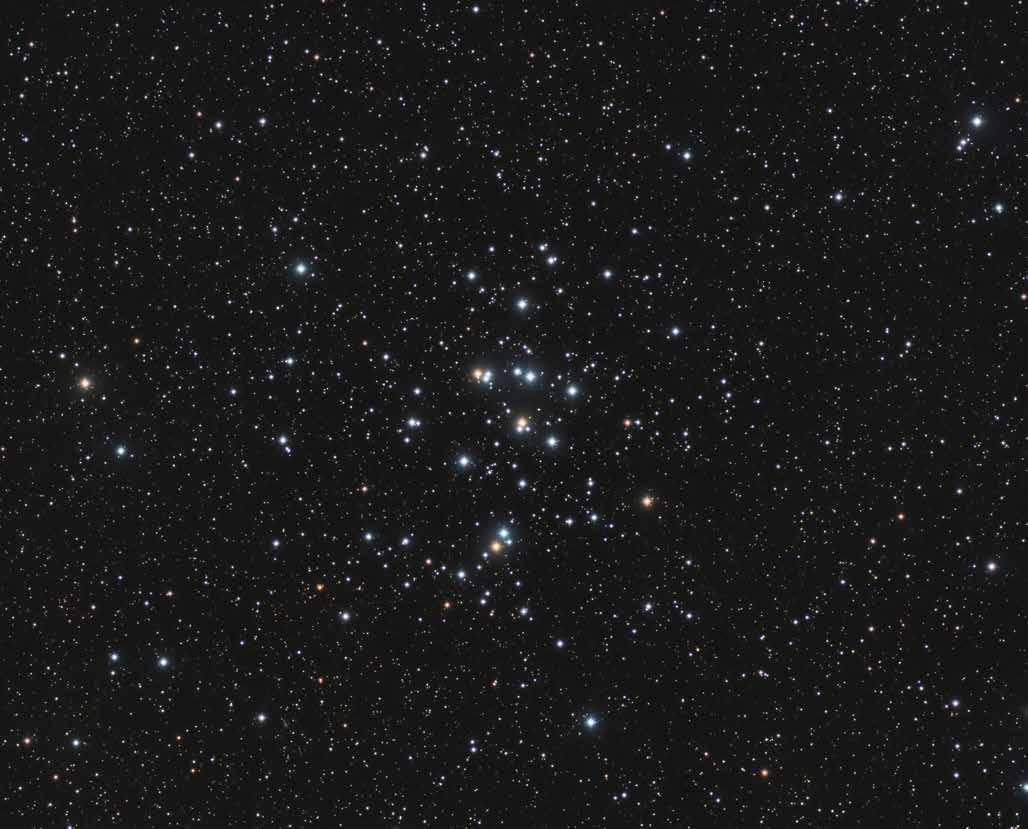T O O HN EMTHE MOON
 By Mark A. Brown
By Mark A. Brown

 By Mark A. Brown
By Mark A. Brown
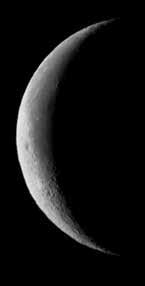
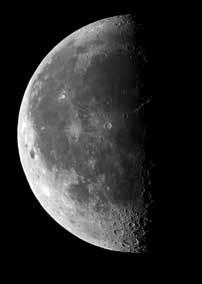
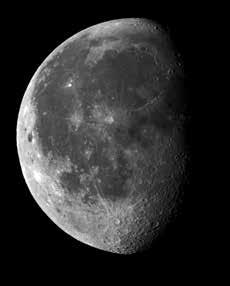
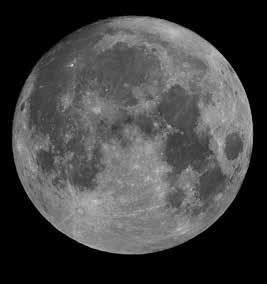
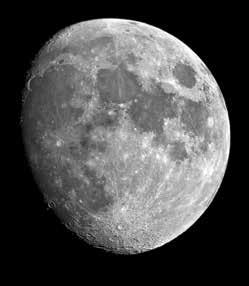
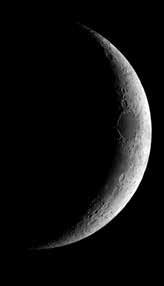
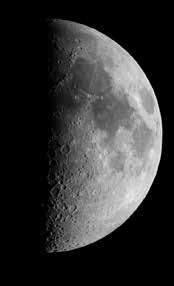 By Mark A. Brown
by Mark Publishing Marion, Iowa
By Mark A. Brown
by Mark Publishing Marion, Iowa
For Victoria – My biggest fan and inspiration for publishing this book.
Thank you to God our Father in heaven who gave me the gift and talent to see the beauty of His creation, the ability to capture it, and share it with others.
Thank you, Linda, for sharing your ideas.
The Moon: From A to Z…and Back to A
Copyright © 2022 by Mark A. Brown
All rights reserved. No part of this publication may be reproduced, distributed, or transmitted in any form or by any means, including photo copying, recording, or other electronic or mechanical methods, without the prior written permission of the publisher, except in the case of brief quotations embodied in critical reviews and certain other noncommercial uses permitted by copyright law.
Casebound ISBN: 979-8-986-81230-4
Casebound Library of Congress Control Number: 2022915536
Soft cover ISBN: 978-0-578-37962-3
Soft cover Library of Congress Control Number: 2022906060 eBook ISBN: 979-8-9868123-1-1
Illustrations copyright © 2022 by Beth H. Deaver
The artist used pencil, gouache paints, colored pencils and micron pens to create the astronaut illustrations in this book.
Book design by Jan Gilbert Hurst
Published by Moments by Mark Publishing, Marion, Iowa Website: https://momentsbymarkphotography.mypixieset.com/
Printed in the United States of America.
First Edition
Image credits key: T = top, B = bottom, C = center, L = left, R = right
Mark A. Brown, front cover, title page, iii (Moon background) 1, 2R, 4, 5, 6, 7, 8, 9, 11L, 12, 13, 14, 15, 16, 18, 19, 20, 21, 22, 23, 24-25 (back ground), 26 (graphic), 30, and back cover
Beth Deaver, iii, 17, 28
NASA, ivL, ivR (Scan by Kipp Teague), 3R, 24-25, 26BR, Neil A. Armstrong 3L, Charles M. Duke Jr. 10, Eugene Cernan 27, Wikipedia Public Domain 2L, 11R
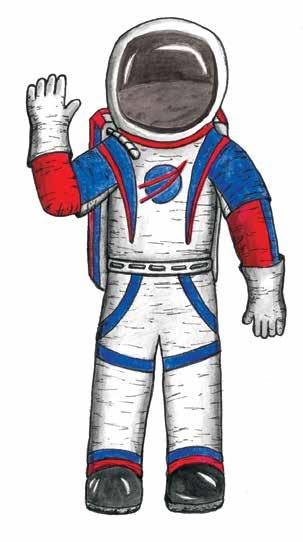
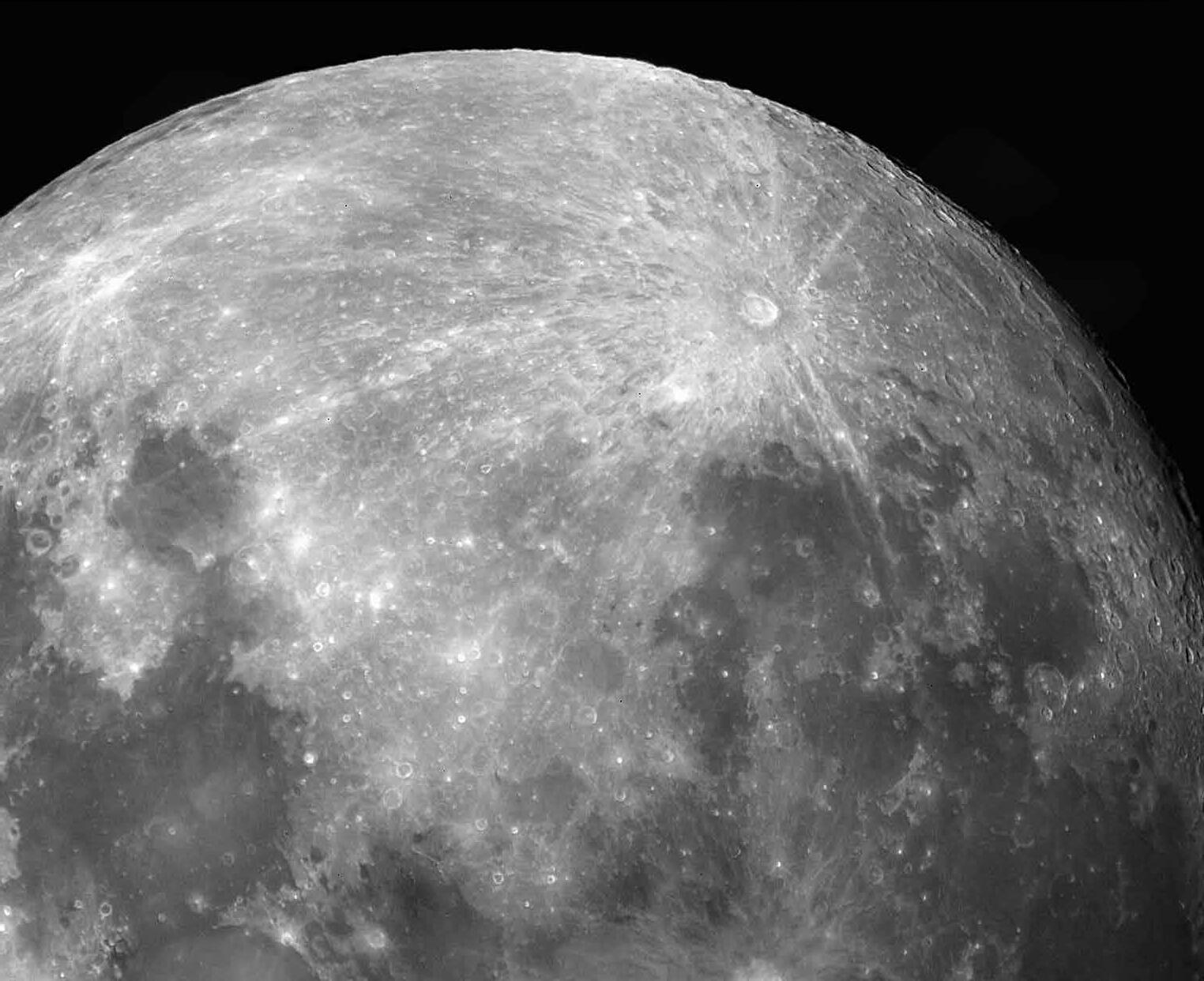
Ais for Astronauts
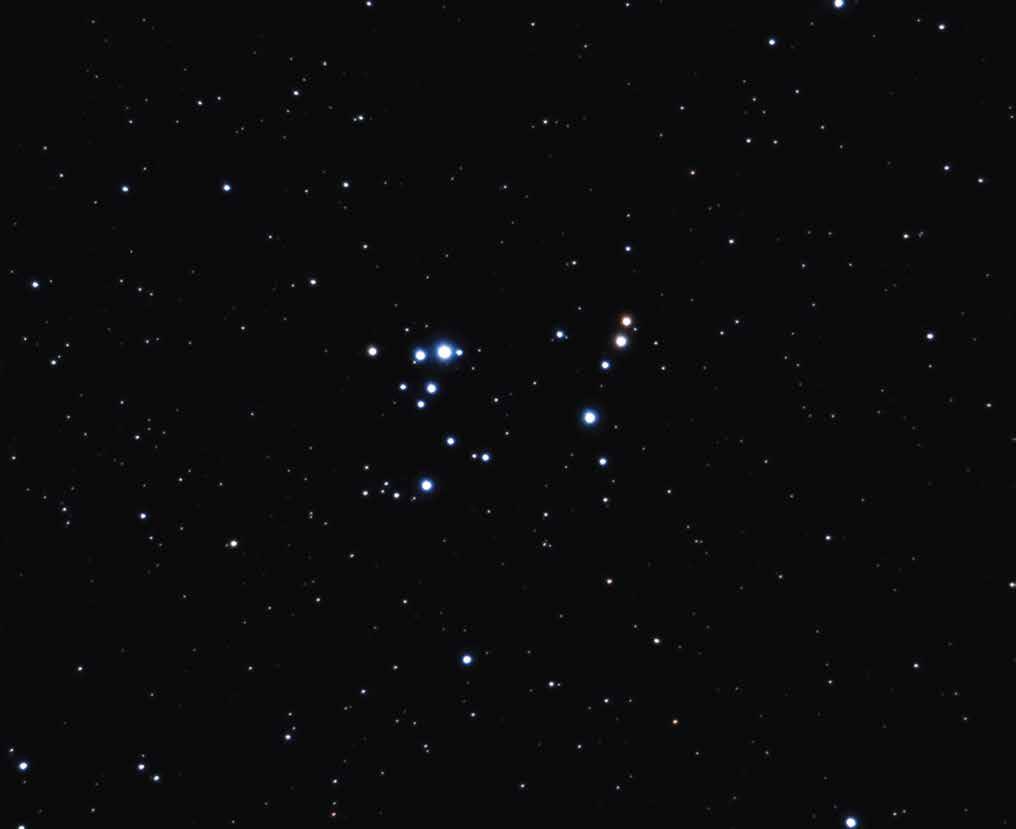
like Neil Armstrong and Edwin “Buzz” Aldrin, who flew to the Moon in the Apollo 11 spacecraft in July 1969. Neil Armstrong was the first person to step onto the Moon. Who do you think was the second person to walk on the Moon?
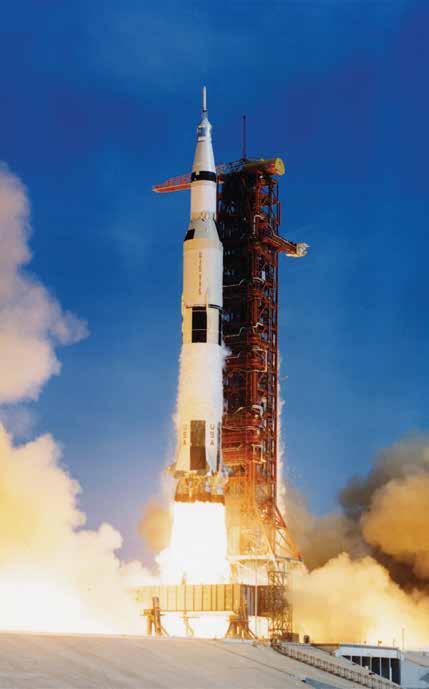
The Apollo 11 mission crew included: Neil A. Armstrong, commander (left); Michael Collins, command module pilot (center); and Edwin E. “Buzz” Aldrin Jr., lunar module pilot (right).
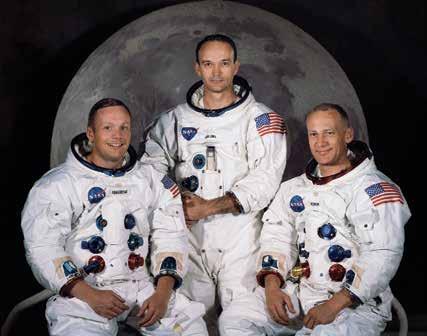
Mare Serenitatis (Sea of Serenity) is a dark lunar plain on the surface of the Moon that formed billions of years ago after asteroids and comets bombarded the Moon. Volcanoes on the Moon probably flooded this basin with basalt lava, creating a smooth, flat surface.
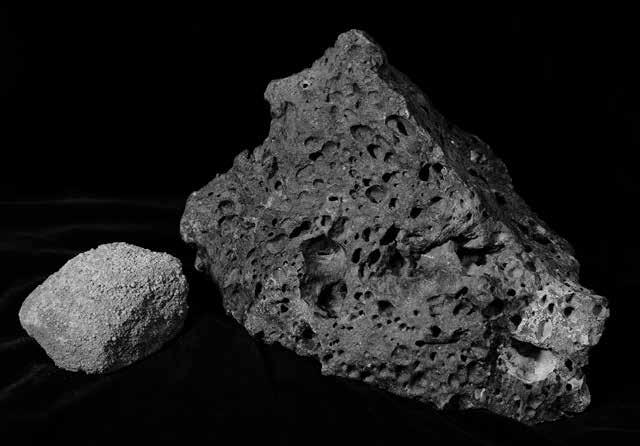
a dark-colored, volcanic lava that flooded the lunar surface and hardened into rock billions of years ago, forming the smooth dark regions on the Moon.

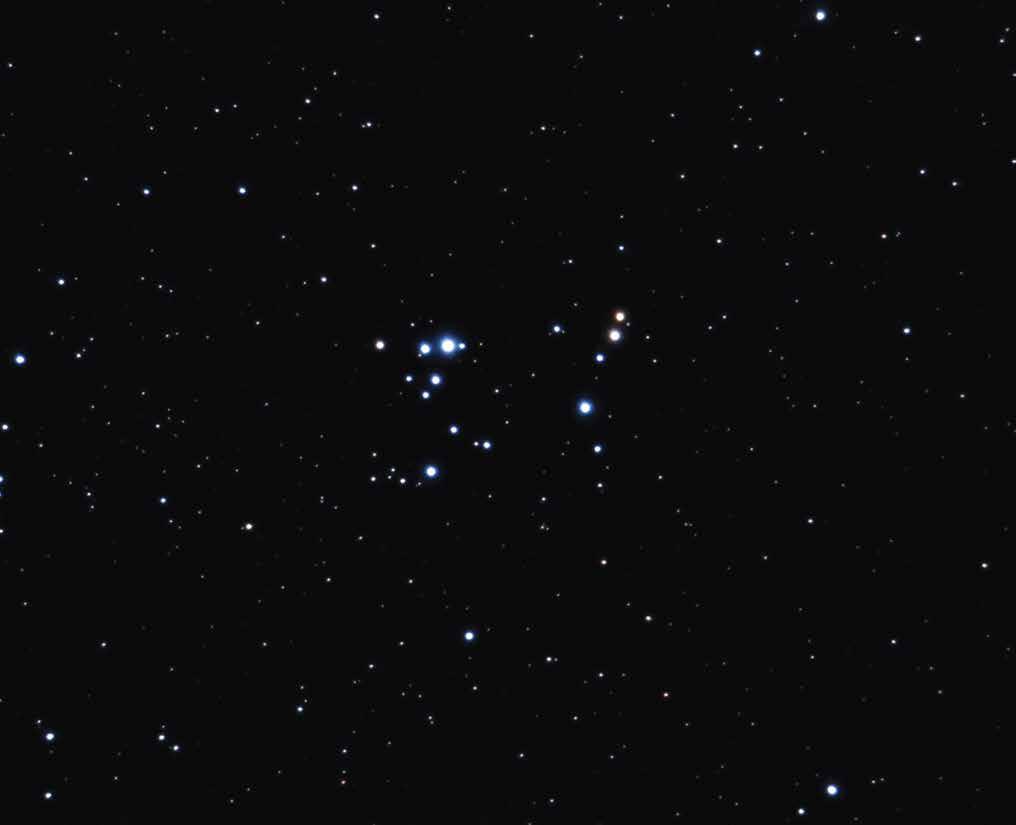
As seen from Earth, the lunar highlands are lighter and brighter than the dark regions on the Moon. This happens because they contain many mountains and craters that reflect sunlight.

I is for Impact.
The circular craters on the Moon formed when asteroids or comets impacted or hit the Moon’s surface, blasting out large amounts of crushed, broken rock and lunar dust.
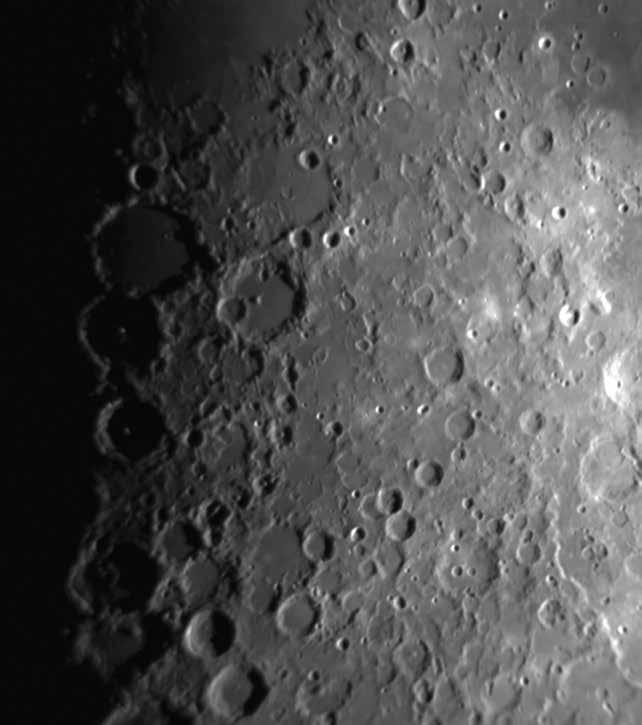

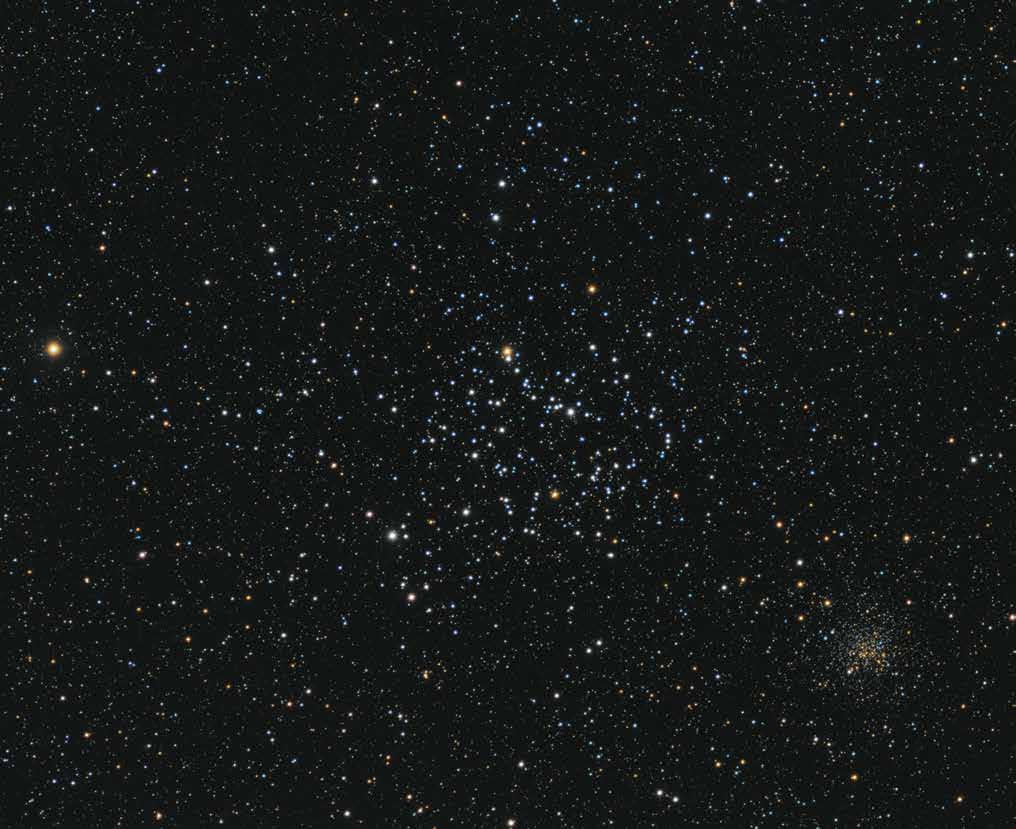
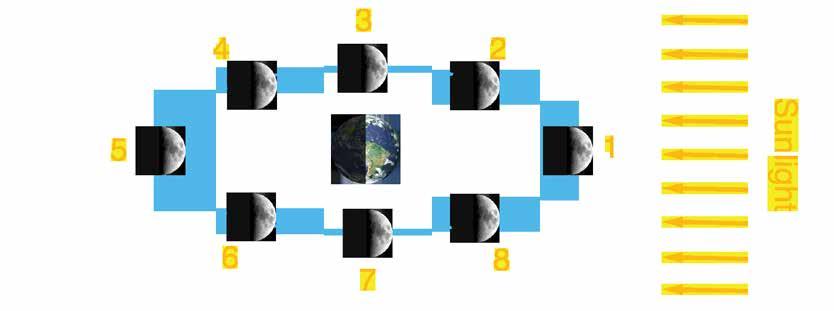



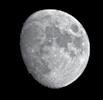




Q is for Quiet.
The Moon is a quiet place. On Earth, sound waves travel through the air. The sounds we hear vibrate off of air molecules. The Moon has no air molecules for sound waves to travel, so there is no sound to hear. Astronauts on the Moon must communicate with each other through radio waves.
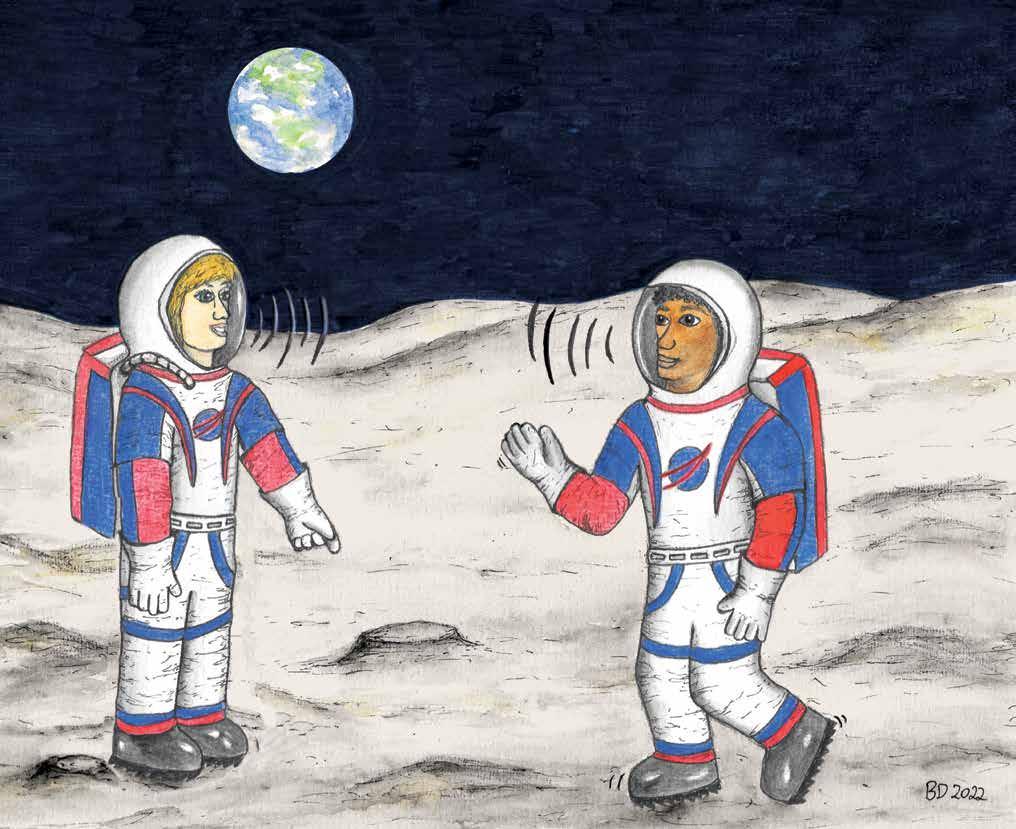
There is no air on the Moon. The sun causes its surface temperature to be very hot or, in the shade, very cold. There is no life on the Moon, just dust, rocks, mountains, and craters. The Moon’s environment is extreme and challenging and is not nearly as easy to live and work in as Earth’s. People on the Moon must wear spacesuits to stay alive.
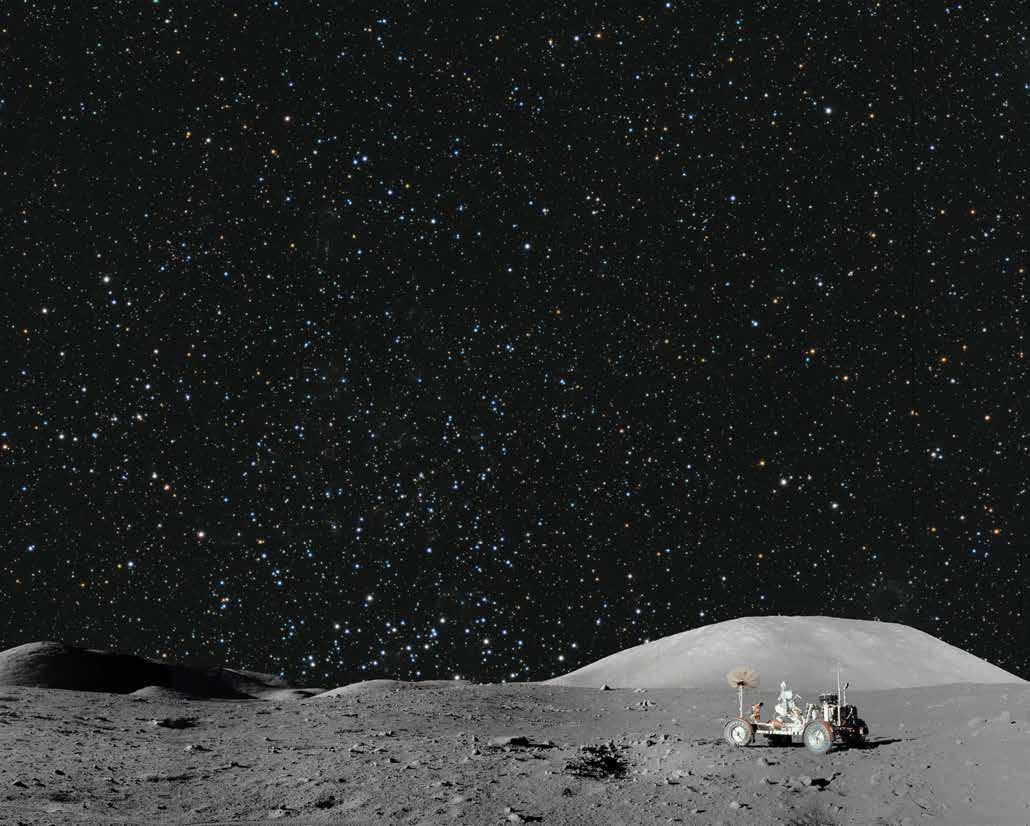
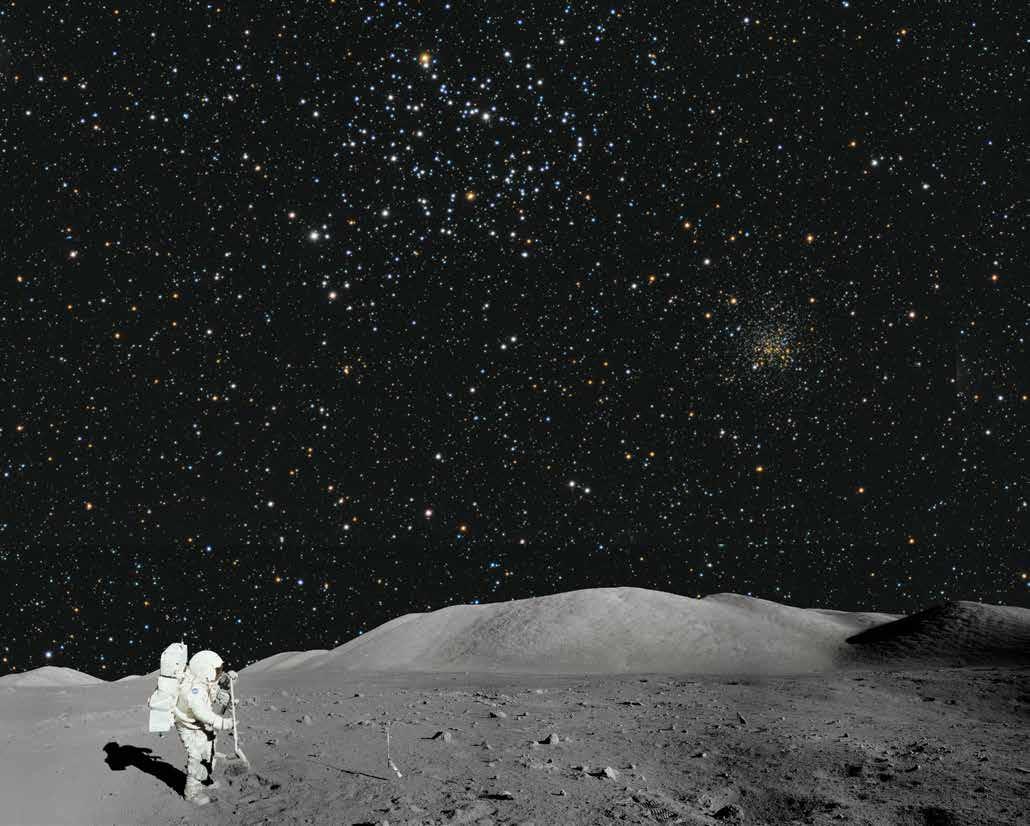
Mark A. Brown is a NASA/JPL Solar System Ambassador and an experienced astronomer and astro-photographer who enjoys observing and imaging the night sky through his telescopes and cameras. He is passionate about conducting educational public outreach and bringing the concepts of astronomy to the human level of understanding. For Mark, the darkness and beauty of the night sky bring light to his day.
